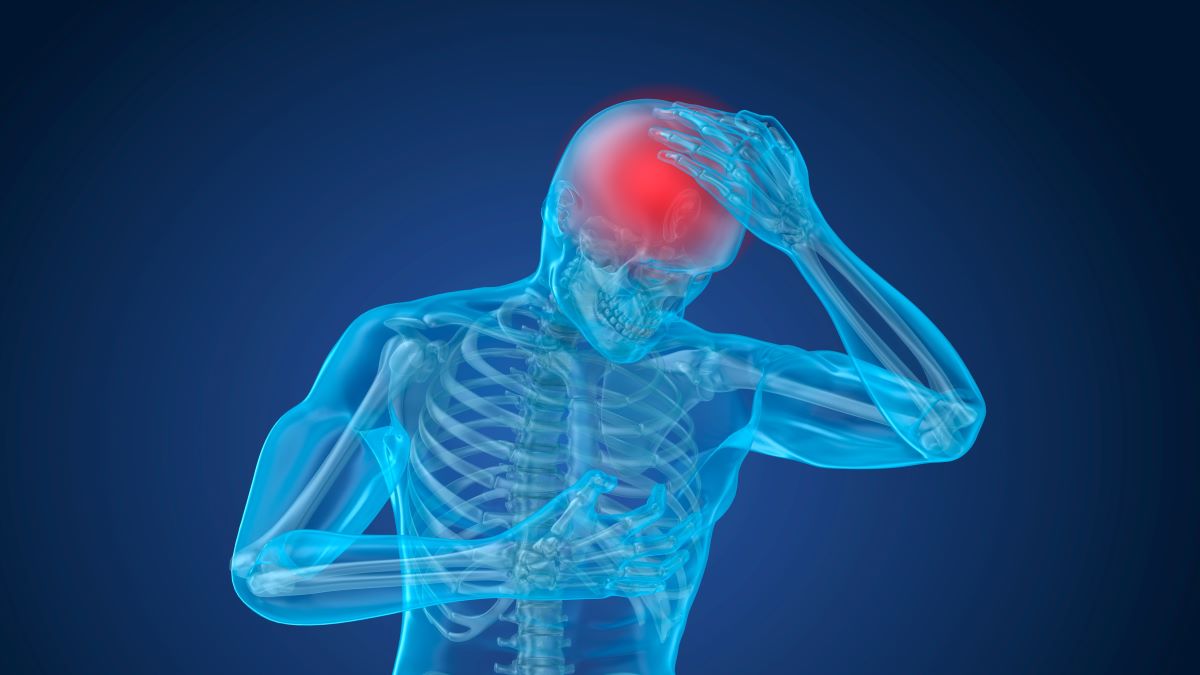Cluster headaches appear in the cyclical patterns called cluster periods. It is one of the most painful types of headaches. Generally, cluster headaches begin in the middle of the night and are so intense that the person wakes up. The pain locates in or around one eye on one side of the head.
Onsets of severe headaches known as cluster periods can persist for weeks or months. Following them usually are periods of remission when headaches stop. The duration of remissions can also vary from weeks to months.
It is worth mentioning that this condition is rare and doesn’t pose a risk for the person’s life. Moreover, some treatments help reduce the duration and severity of cluster headaches or even decrease the number of cluster periods.
Cluster headaches causes
Nowadays, there is no exact cause of cluster headaches known. Nevertheless, the onset patterns suggest that abnormalities in the body’s biological clock (hypothalamus) are involved. What’s more, stimuli like stress, food or hormonal changes usually don’t induce this condition. However, when the cluster period begins, alcohol intake may provoke a splitting headache. In addition, the use of certain medications such as nitroglycerin acts as a trigger.
Cluster headaches risk factors
The group of factors can elevate the risk of cluster headaches development. They include:
- age between 20 and 50
- sex (men are at higher risk)
- alcohol consumption (alcohol intake during a cluster period may elevate the risk of an attack)
- smoking (notably, quitting smoking does not seem to have any impact on attacks)
- family history of cluster headache
Cluster headache symptoms
Cluster headache is characterized by severe and repeated headaches located on one side of the head, most often around the eye. In addition to intense pain, cluster headache sufferers experience symptoms such as:
- Nasal congestion
- Watering eye
- Swelling around the eye
- Redness of the eye
- Feeling restless
- Sweating of forehead or face on the affected side
- Flushing or a pale appearance of the face
- Dropped eyelids on the affected side
Occasionally, cluster headaches may cause some migraine-like symptoms. They include sensitivity to sounds and light. However, unlike people having migraines, those with cluster periods can walk or sit and move back and forth.
Characteristics of the cluster period
Usually, a cluster period continues from several weeks to several months. Dates may not differ significantly from one cluster period to the next. As an example, they can appear seasonally.
Most people suffering from this condition have episodic cluster headaches. The headaches continue from one week to a year. Then there is a period of pain-free remission lasting up to 12 months before another cluster headache appears.
In chronic cluster headaches, periods might persist for more than a year, and pain-free periods might last less than a month.
Over a cluster period:
- Daily headaches are common. Moreover, sometimes they occur several times a day.
- An episode can last from 15 minutes to three hours.
- The attacks tend to occur at specific times every day.
- The majority of attacks happen at night, usually between one and two hours after bedtime.
The pain usually ends as abruptly as it began, and the intensity decreases rapidly. People typically feel exhausted after an attack.
Click Here to read about treatment.
















Leave a Reply
You must be logged in to post a comment.